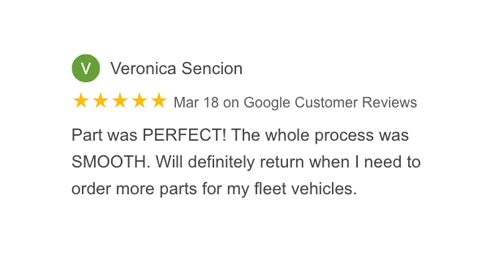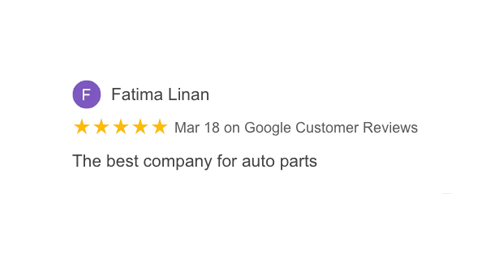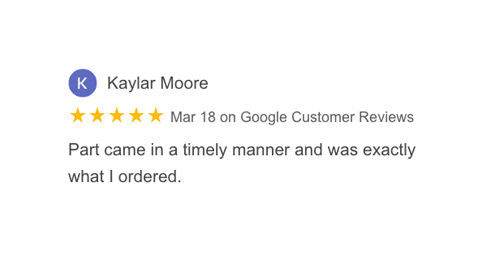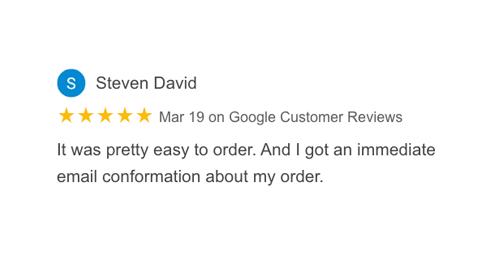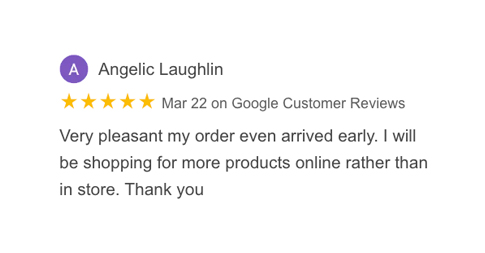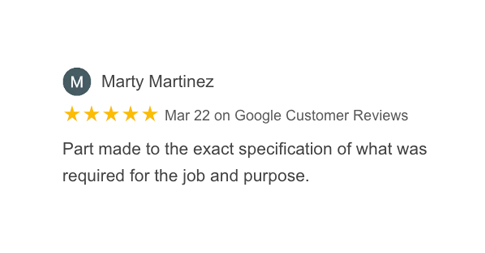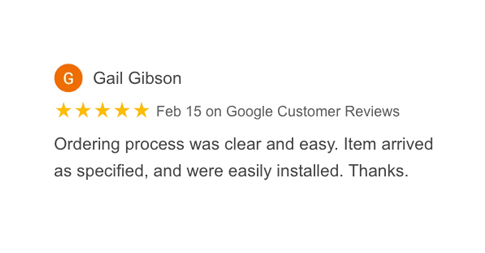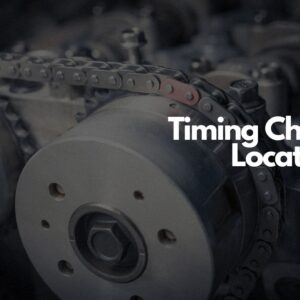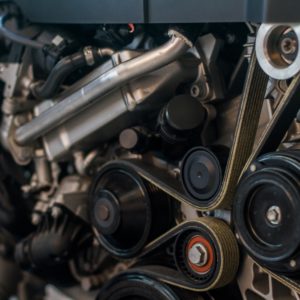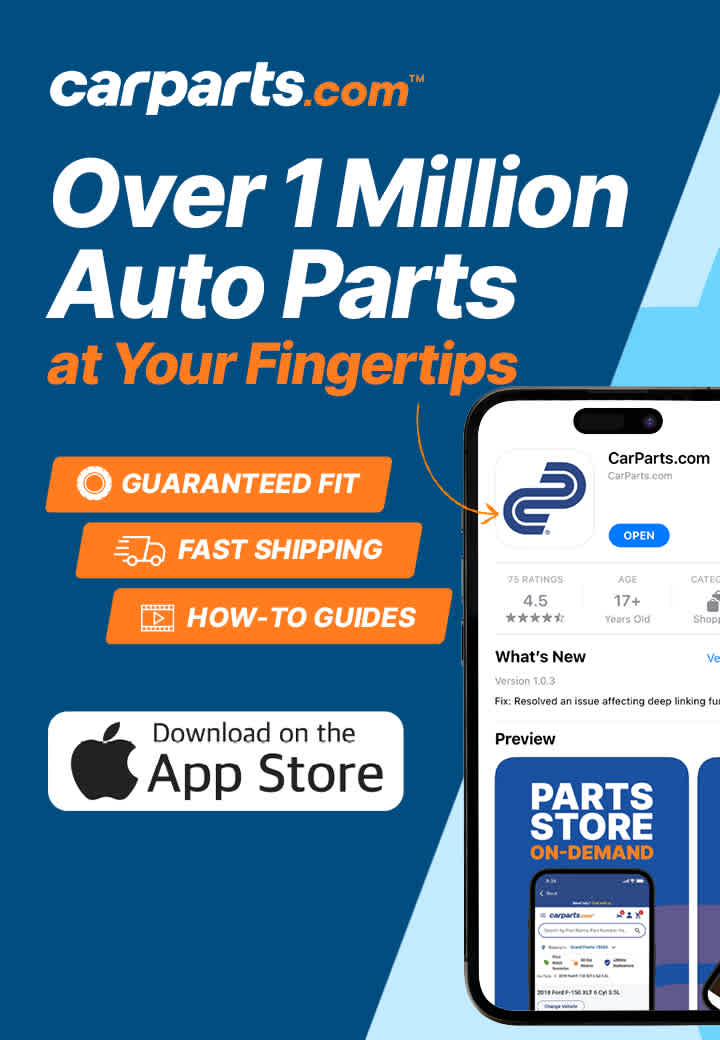The crankshaft is connected to the camshaft by a belt, a chain, or directly meshed gears so that the camshaft turns half as fast as the crankshaft, because the camshaft opens the valves. These two shafts must be perfectly in time for the engine to run. If they’re slightly out of time, the engine won’t run right.
The crankshaft provides the power that drives the camshaft, but the only reason the engine can “breathe” is the operation of the intake and exhaust valves. Again, the crank and cam depend on each other and they must be perfectly in time.
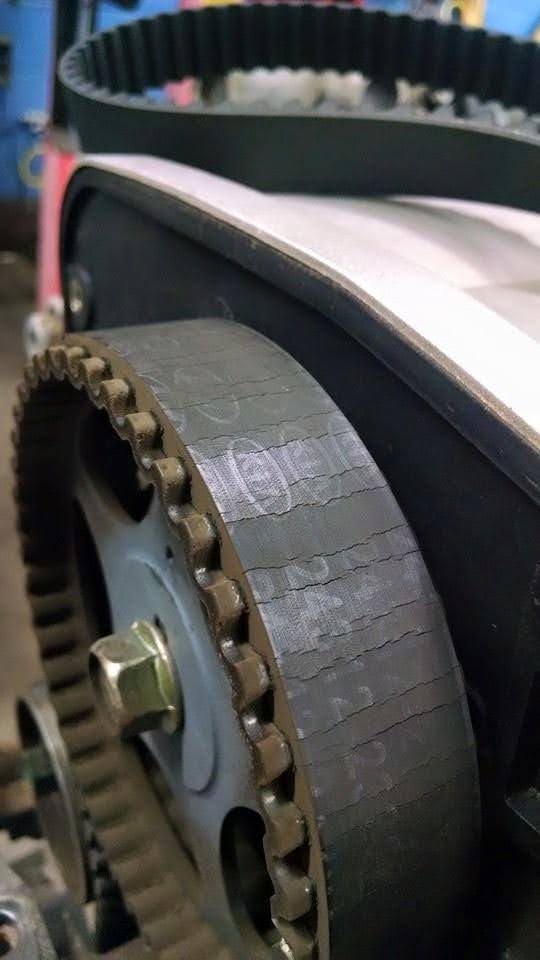
How Do You Know If a Timing Belt Is Broken?
Sometimes a timing belt will just lose a few teeth so that the engine is slightly out of time. This is not usually the case, but it does happen, and typically you’ll notice a lack of power. On MAP only engines (not MAF), you’ll notice black smoke because of lower intake vacuum, which happens when the camshaft timing is late.
The timing belt can suddenly shear all the teeth right at the crankshaft gear, which stalls the engine and/or prevents it from starting. The belt can also break, but this doesn’t usually happen.
One way or another, the engine won’t run when the belt totally fails. When you spin the engine with a failed timing belt, it won’t sound like it usually does because some of the cylinders won’t have compression due to open valves.
Will a Broken Timing Belt Destroy My Engine?
There are free-spinning (non-interference) timing belt engines and there are interference engines. A non-interference engine is designed so that the pistons and valves never make contact even if the timing belt fails. Interference engines are just the opposite.
When pistons contact valves because the timing belt fails, it can be catastrophic. At worst, the heads will need to be removed to have the valves replaced. The engine will suffer so much damage it’ll be cheaper to replace the engine than to repair it.
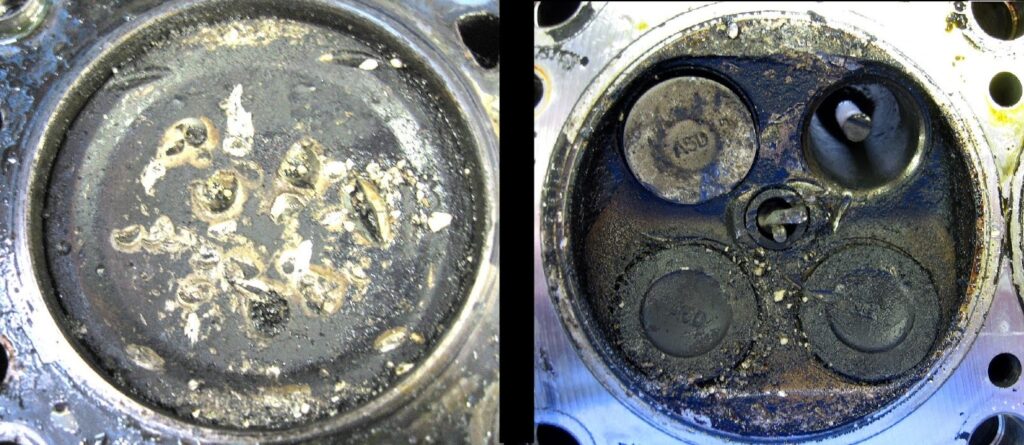
What Can You Do If Your Timing Belt Fails?
If your timing belt snaps while driving, you’ll have no choice but to have your vehicle towed to an auto shop to have a mechanic inspect the damage.
If you’re wrench smart, you might be able to replace the timing belt yourself, but if your engine is a valve-bender, there’ll be a lot more work to do. If you are simply replacing the belt, get a kit that includes all the related pulleys and a water pump (if the pump is timing belt driven).
You’ll need to replace your timing belt and the damaged components to get your vehicle running properly again. This might involve replacing components like the intake and exhaust valves, cylinder head, camshaft, or even the engine block in serious cases.
Overall, having a broken timing belt essentially means that your vehicle is crippled. You can avoid this catastrophic issue by following the manufacturer’s recommended replacement interval and looking out for timing belt-related issues.
Where to Find a High-Quality Timing Belt for Your Vehicle
Don’t expect to get out of the driveway anytime soon when you’ve got a broken timing belt under the hood. Replacing this part can be quite the hassle一unless you go to CarParts.com where shopping for high-quality auto parts is easy.
There’s no need to skimp on replacement parts when you shop from us. Enjoy low prices on all our products while getting OE-quality parts vetted by industry professionals.
Find the right timing belt replacement for your ride by entering your vehicle’s year, make, and model into our vehicle selector. You can also use the search filters to narrow down the catalog according to your preferred brand, price range, quantity, and more.
Thanks to our strategically located warehouses across the US, it won’t take long to get the parts you need. Order now, and we’ll deliver your new timing belt straight to your doorstep in as fast as two business days.
Can’t shop online? Don’t worry! Call us anytime using our toll-free hotline, and our team of round-the-clock customer service professionals will be ready to assist you.
Shop for a high-quality timing belt here at CarParts.com today!
Any information provided on this Website is for informational purposes only and is not intended to replace consultation with a professional mechanic. The accuracy and timeliness of the information may change from the time of publication.



